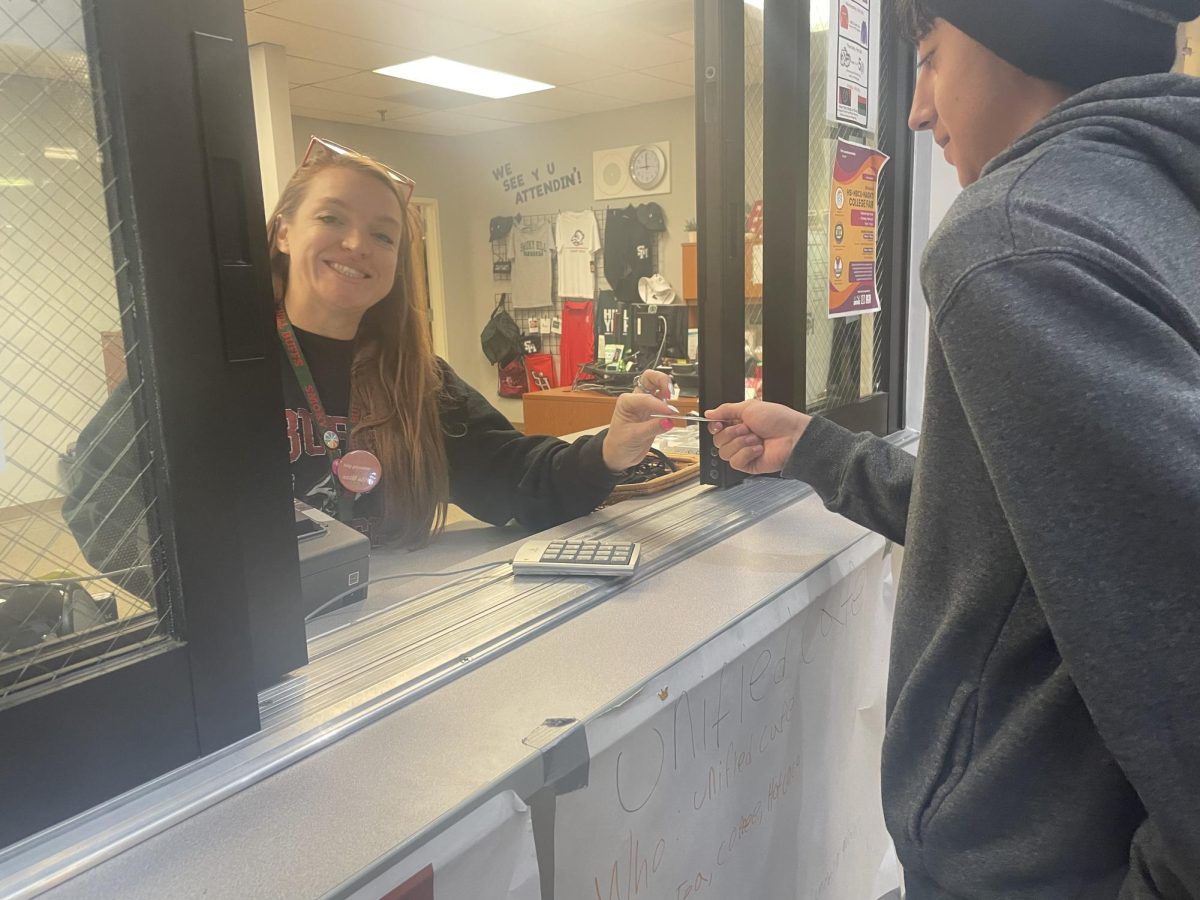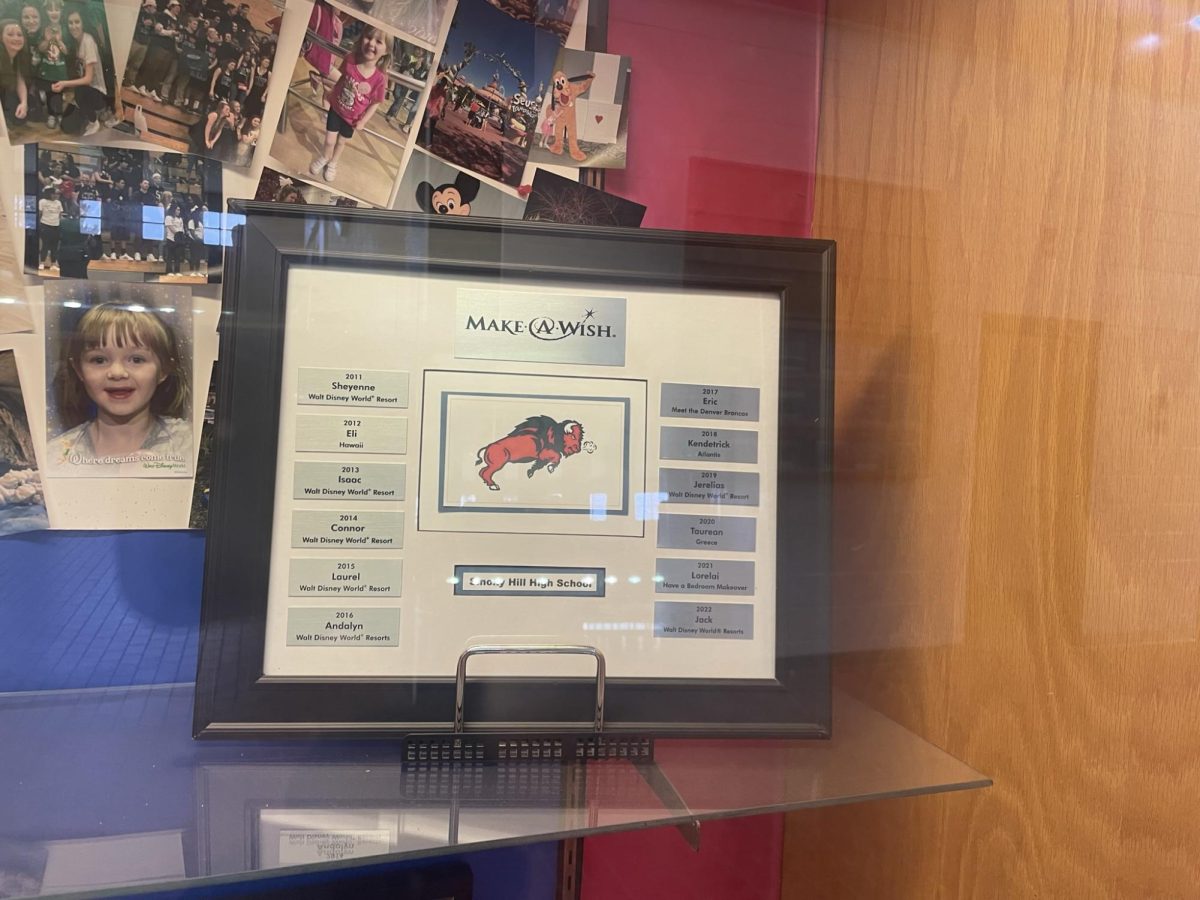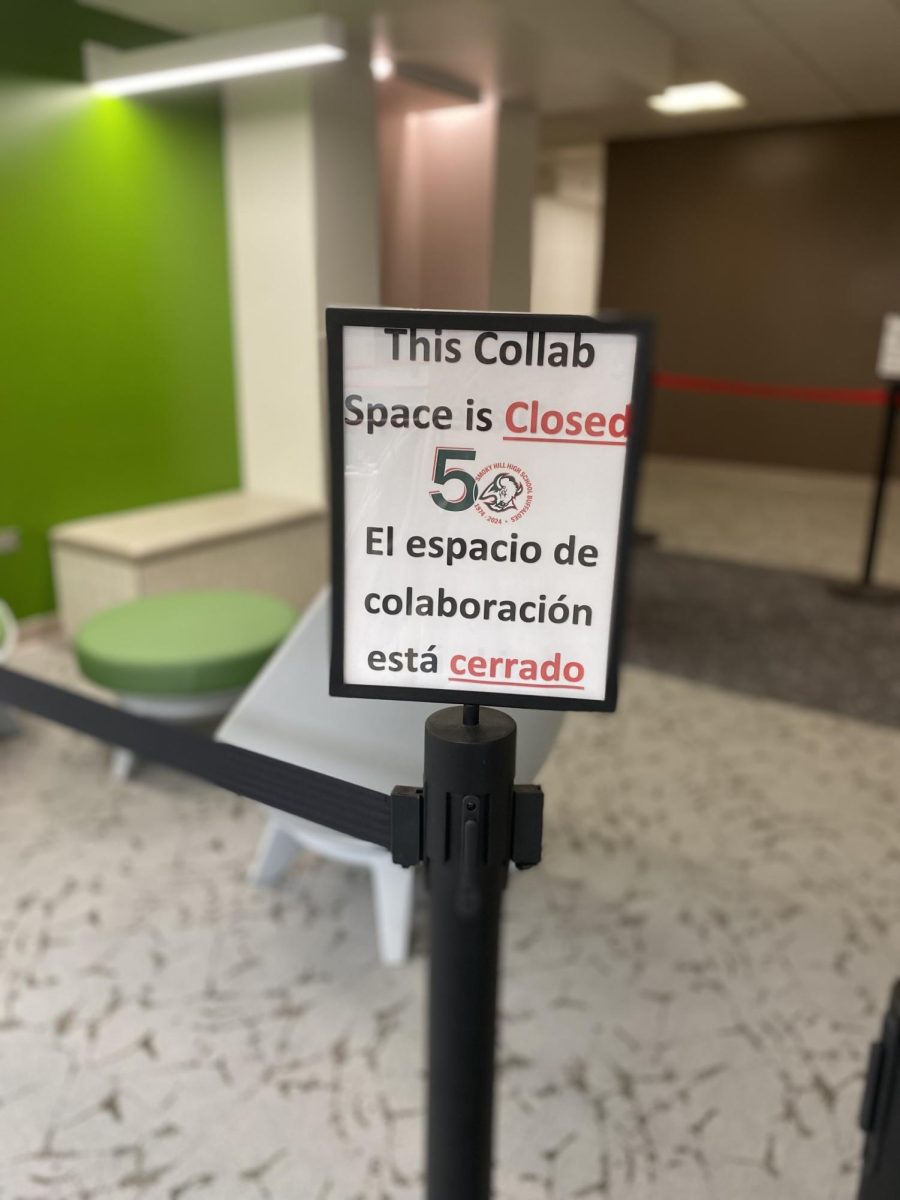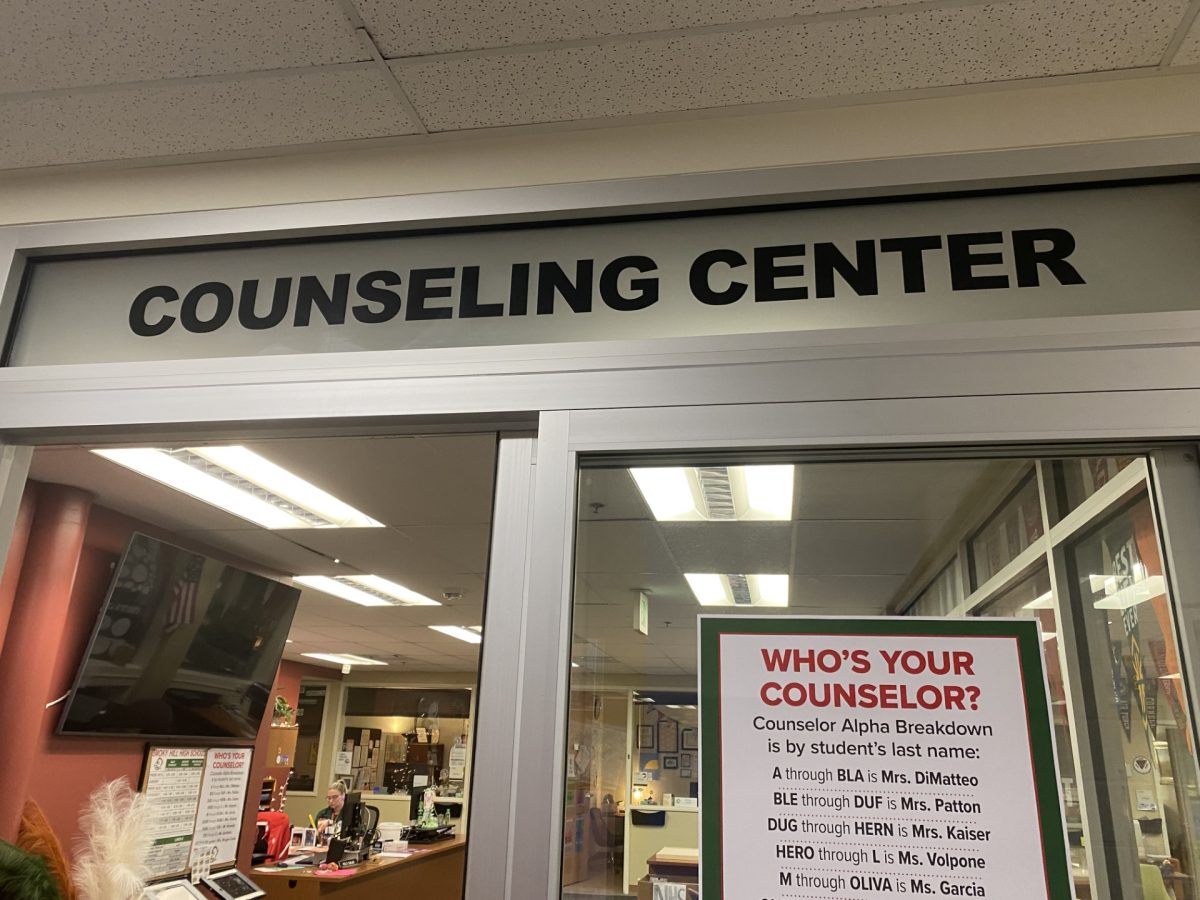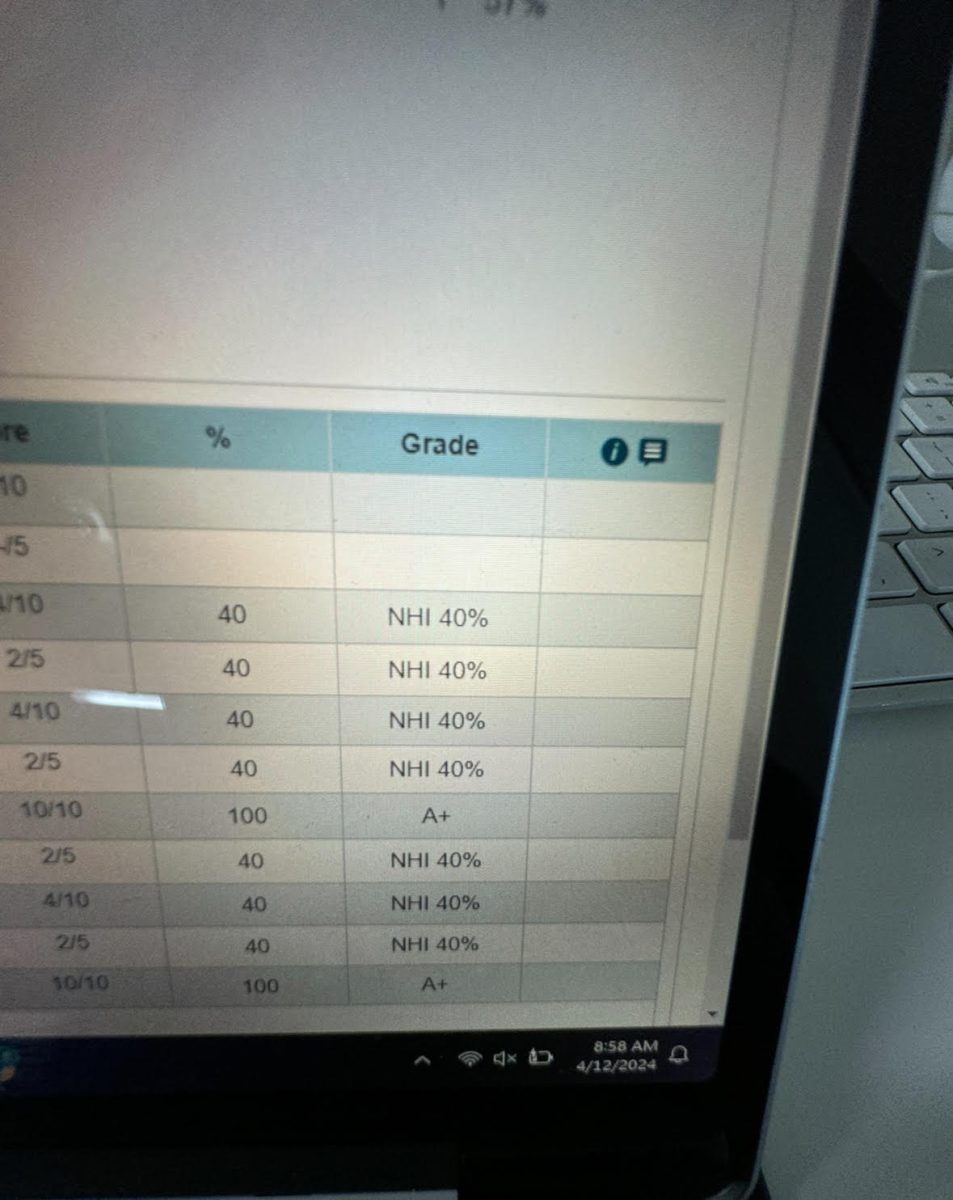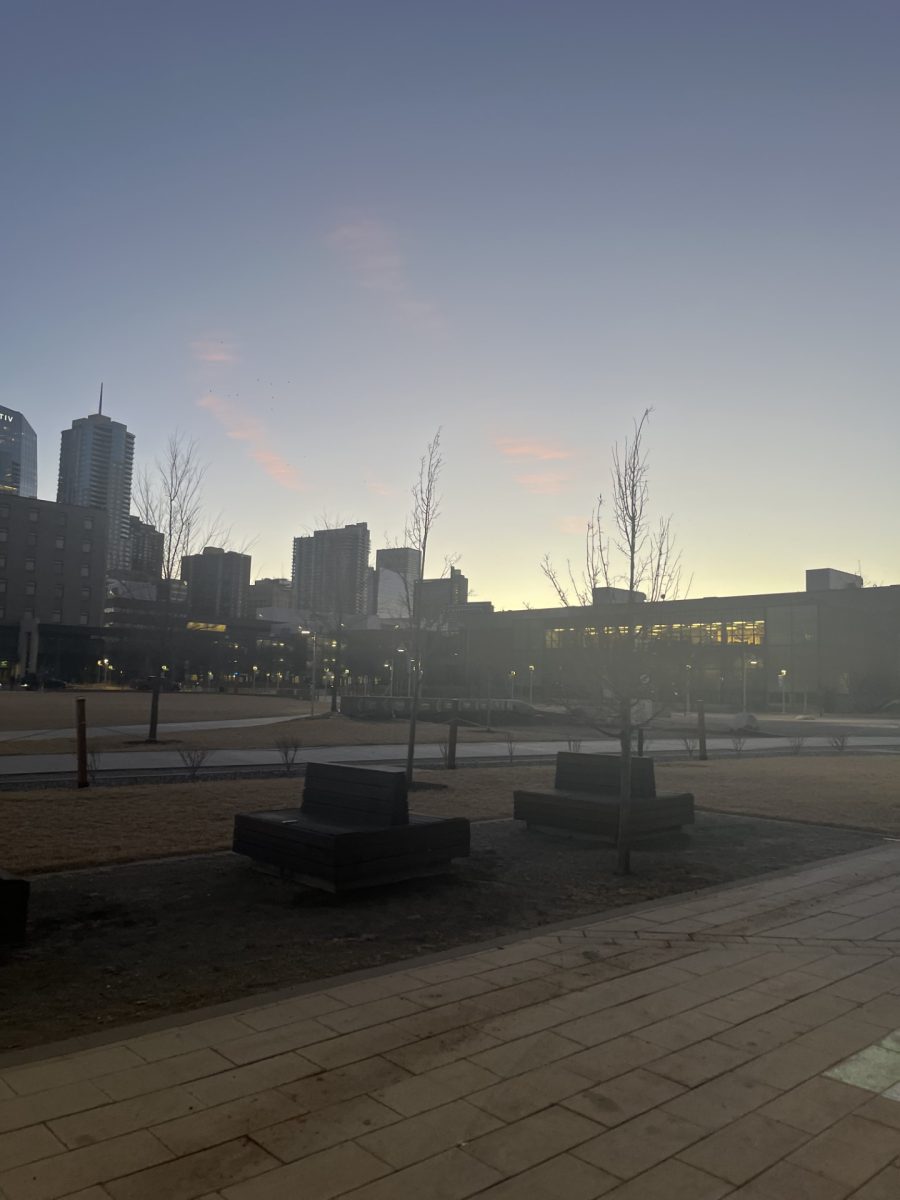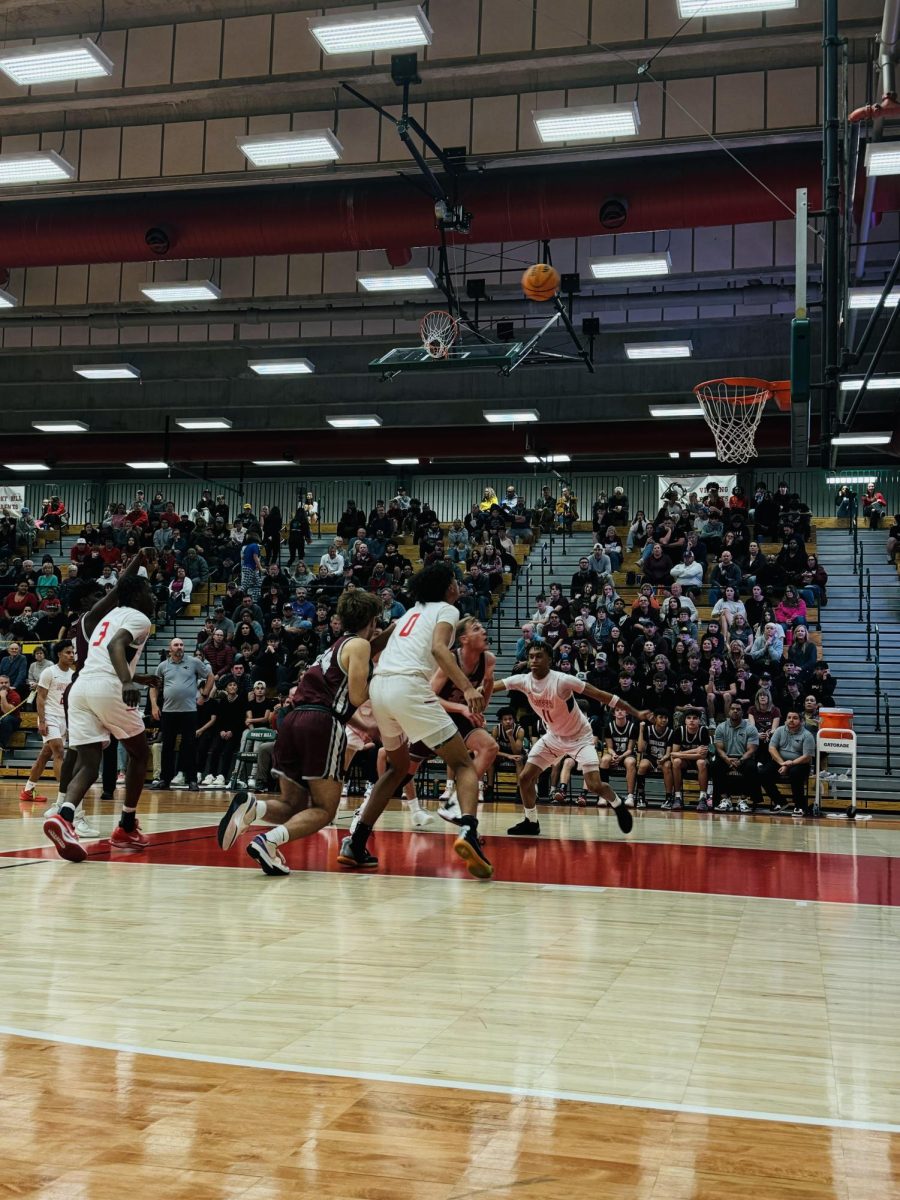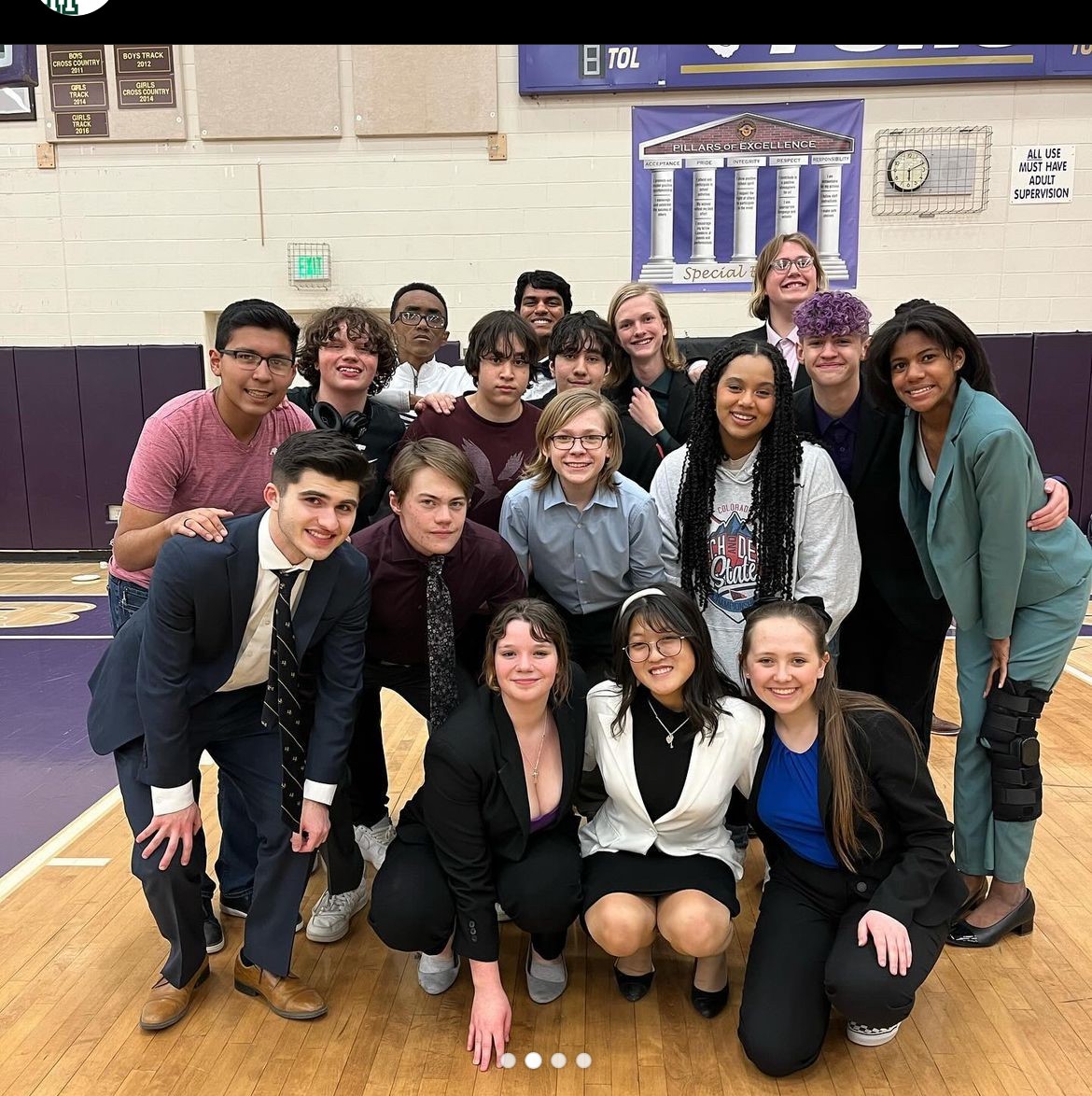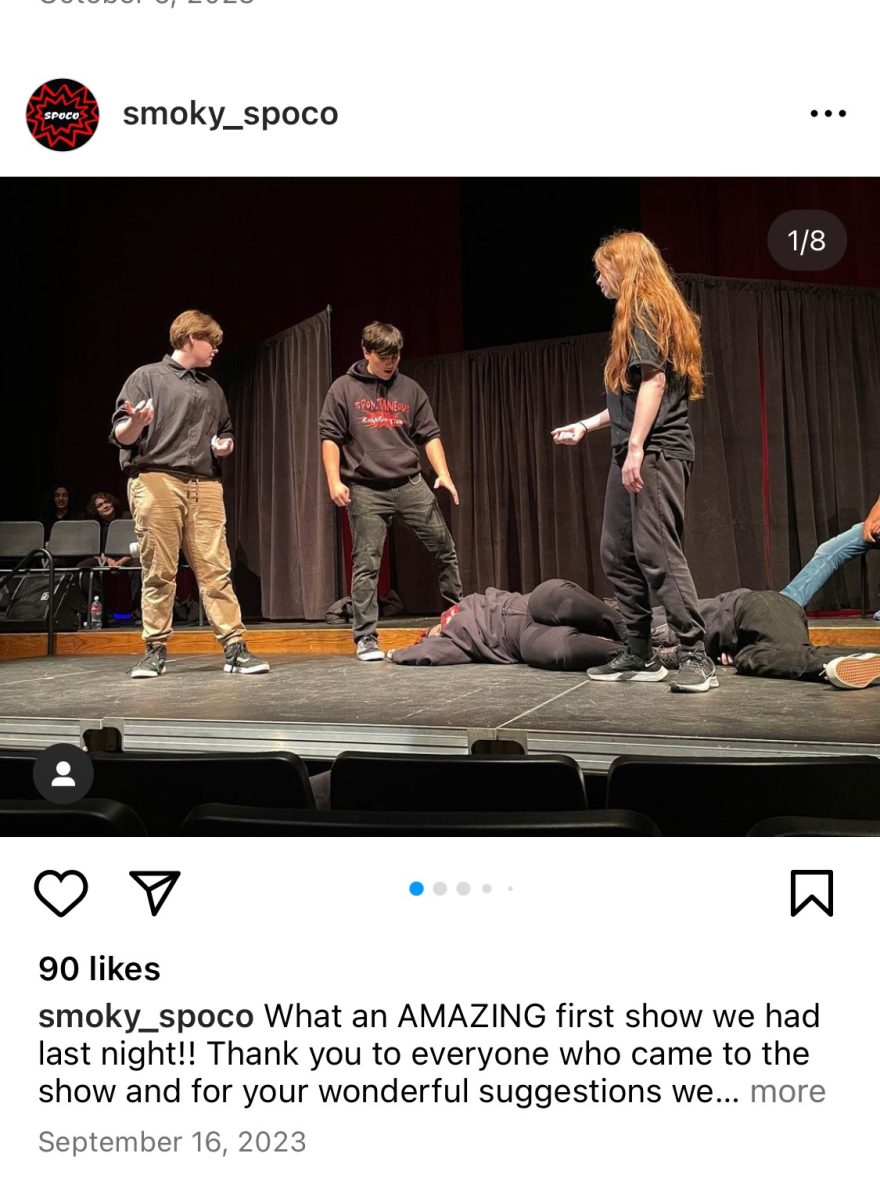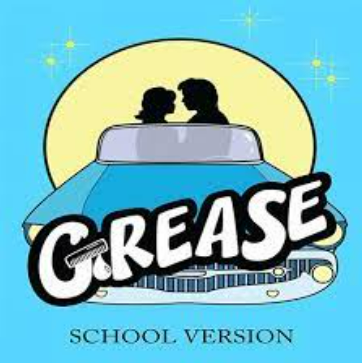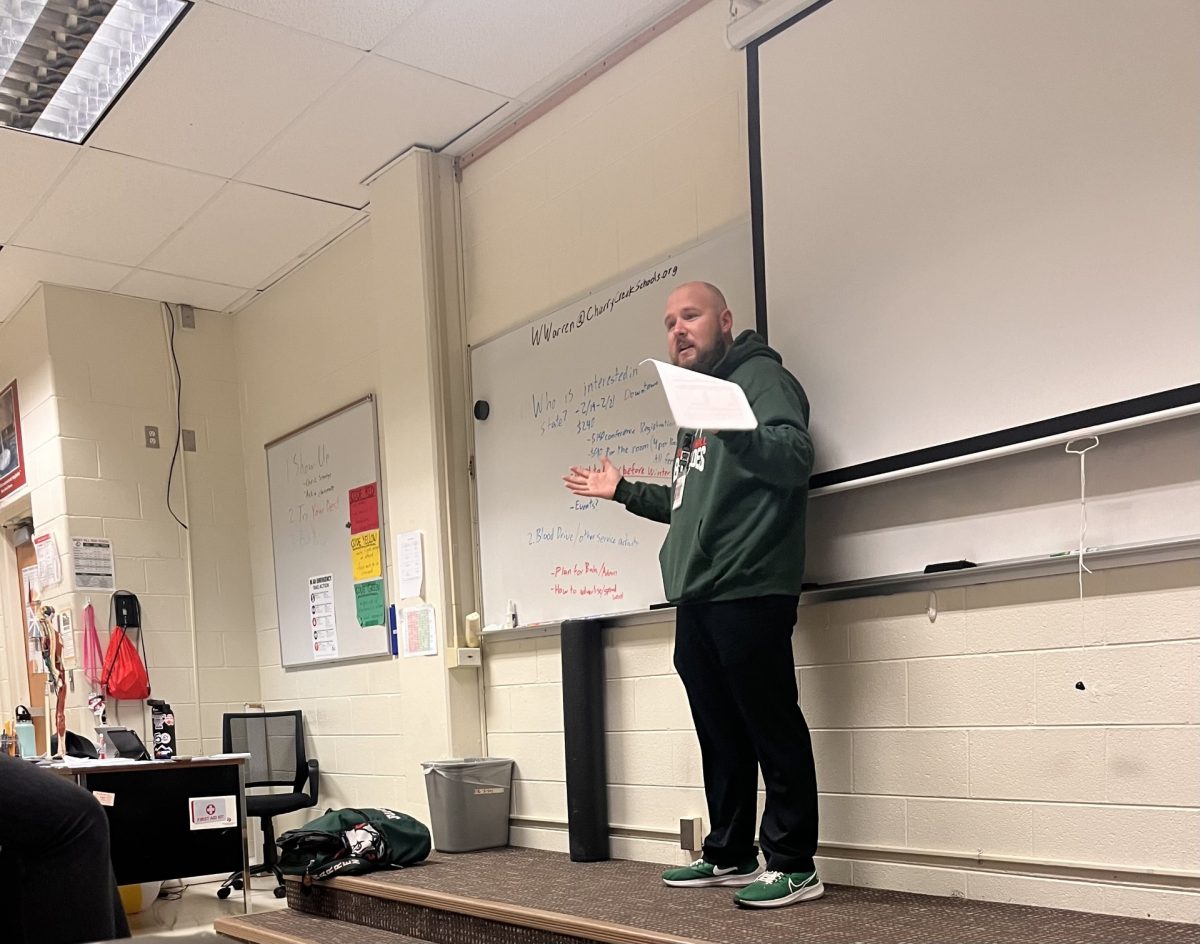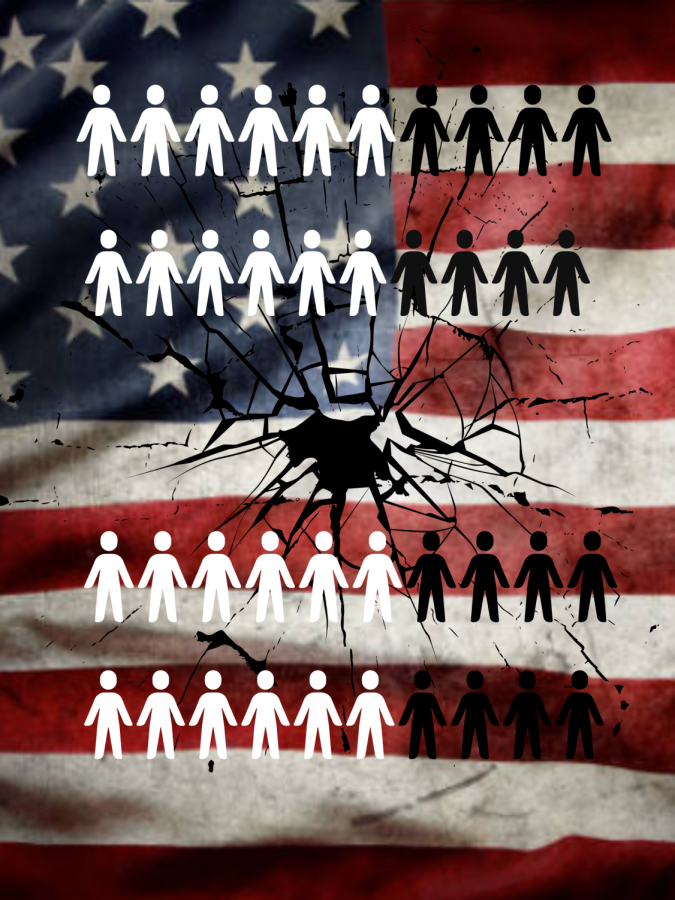Opinion | The Intruder Beside Me: A Teenage Gun Epidemic
America’s poignant lack of action toward the reform of gun laws has and will continue to lead to mass death
September 11, 2022
“I’ve been good to you and to everyone in this school and you know it,” Those were the words recounted by Evan Todd at a talk delivered to Erskine College freshmen, 12 years after they were uttered from his hiding place behind a library pillar on the Tuesday of April 20, 1999. Words spoken to one of Todd’s peers in an attempt to save his life.
The Columbine shooting marked a significant change in the public perception of gun violence, leading to countrywide attempts to pinpoint the causes of unprecedented brutality and the evolution of schoolwide security protocols and police tactics. But despite these adjustments to accommodate the “newly” discovered safety risks for young Americans following the massacre, in the past 23 years mass gun violence has seen an intense upward trend, specifically for younger people, with the Austin American Statesman contending that more than 2⁄3 of school shooting perpetrators fall under the age of 18, and gun policy remains a field of high political contention dividing the US today, breeding the simple inquiry: have we, as a nation, done enough?
A majority of Colorado students have experienced a lock-down exercise at least once a year since early in their academic career, with the perennial trill of “Locks, Lights, Out of Sight ” having long become a marquee sound to countless students. But these consistent drills could be ignoring the real identity of the perpetrator, a crucial aspect of the school shooting equation. According to a 2020 study done by the American Government Accountability Office, half of all school shootings are committed by former or current students, and this data is brought to light in the example of some of the most pivotal school shootings in the past three decades. Columbine, Stoneman Douglas, Virginia Tech, Sante Fe, and many more schools that share this tragic chapter in their history also share who their shooters were.
The US Department of Education and the US Secret Service found that “nearly three-quarters of school shooters had been bullied or harassed at school”, exemplifying how mental illness plays an important role in teenage gun violence, with many shooters reported to have been “desperate” at the time of the act. But as National Public Radio notes, neither of these are the explicit causes for school shootings as there are a multitude of other factors that contribute to widespread firearm-related violence, specifically the access to guns themselves.
1993 marked the passing of the Brady Bill, a national system of background checks required with the purchase of a firearm, but the advancement of technology has presented new challenges for current gun laws and provided detrimental loopholes to the system. The Brady Center for Gun Control reports that as online gun sales have exploded in popularity, unlicensed gun dealers are afforded the unchecked leniency to disregard these mandatory inspections allowing for the unmoderated purchase of weapons to any and all individuals all over the world, including those who are underage, mentally ill, or have criminal backgrounds. Another loophole is the “Gun Show Loophole” which posits that under federal law private gun sellers are not required to perform background checks on customers, further allowing guns into the hands of possible perpetrators. These loopholes are often hard to address on a national level, leaving many states the responsibility of regulating their own weapon markets, presenting a different issue entirely; the partisanism rooted in American gun control.
“The right of the people to keep and bear Arms, shall not be infringed.” The Second Amendment has become what is arguably one of the most notable clauses in the US Constitution and has laid the foundation for the politicization of gun control today. The gun culture of America is one of the most unique and individual in the world, having evolved into an entity of its own, with origins at the very beginning of the democratic process. Since the establishment of the Democratic and Republican Parties there has been a wide schism in the gun debate, with increasing polarization leading to an “all or nothing” approach to the issue from both sides, adds The Denver Post, and the oversimplification of such a large matter to strictly partisan terms could be working to hinder valuable progress in gun violence prevention. As federal law leaves gun regulation up to the States, many have adopted “red-flag laws” to temporarily limit gun access to “dangerous” persons, but as these states take strides to further modulate weapon access, others are going in the opposite direction, working to strengthen pro-gun laws. Red and blue states largely lie on the sides of these discrepancies, which a Gallup poll exemplifies in research executed on both parties showing a 91% hope for stronger gun laws on the Democratic side, and only 24% from the Republican.
The Republican party has had a long history of denying the effects of “gun prevalence” on shooting rates, says Washington Post, often turning to the villinization of Democrats under the rhetoric of a violation of constitutional rights, and have stoaked their campaigns with pro-gun messaging under the aid of organizations like the NRA, who push this consistent and damaging messaging to the world through the channel of politics. As gun ownership has become a medal of honor and resiliency against anti-constitutional messaging for Republicans, and an apathetic point of debate for Democrats, who continue to make promises concerning furthering gun-control laws but fail to act on these reforms, we have reached a perilous impasse in gun regulation which needs to be addressed.
America faced 45,222 gun-related deaths solely in 2020 according to the CDC, with that number being exacerbated by the 639 deadly mass shootings in 2021, followed by the 464 this past year. More than 45,000 people memorialized in condolence speeches, empty statistics, and a trend of sore inaction on the part of the US government in relation to the modernization of gun control. As advances in retail and manufacturing technology continue to make both domestic weaponry and high artillery more accessible to ineligible citizens, and we learn more about the causes and individuals behind gun violence, we as a nation need to take action and work to make radical modifications to our system that prioritize human lives above political gains before we reach a point of no return.


